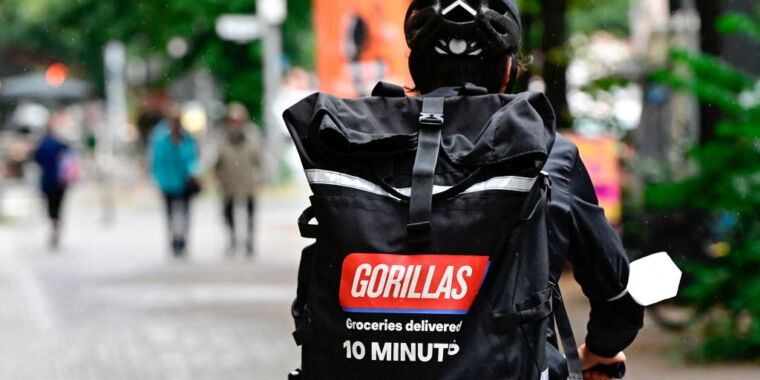
Laurence King Publishing, based in London, is “one of the world’s leading publishers of books and gifts on the creative arts.” They have a series called “The Short Story of X”; so far it includes the Short Story of Art, of Modern Art, of Photography, Film, Architecture, Women Artists, and the Novel. The latest title is The Short Story of Science, which will be available in March.
A thing of beauty
First off, the book is beautiful, as befits its imprint. Each glossy page has a photo of scientists at work, or their apparatus, or a depiction of their discoveries; for everything before the 20th century there is a photo of an artwork, so a drawing, painting, or sculpture of the scientists being described. It has the overall feel of those DK Eyewitness travel guides, except instead of using it to plan your next trip you can use it to get a tour of “the breakthroughs that underpin our current understanding of the Universe.”
Like the other volumes, this one is organized into four sections. The art books are divided into Movements, Works, Themes, and Techniques. There are corresponding sections in this one. Histories starts with ancient astronomers circa 30,000 BCE and runs through String Theory. Experiments is pretty obvious. Theories are there as “we can only unlock hidden truths once we have imagined them.” Finally, there’s Methods and Equipment, since the materials available define and constrain the technologies we can make.
Each entry is cross-referenced with the relevant entries in the other sections. For example, the Experiment entitled Germ Theory, in which Louis Pasteur demonstrated in 1861 that pathogens are in the air rather than arising from rotting material as had been thought, is cross-referenced with the Histories of Cell Theory, Public Health, and Science and the Public Good, and with Microscopes and Clinical Trials in the Methods and Equipment section.
Ideas before people
What none of the books have is a section dedicated to personages. Each History, Theory, and Method has a list of key scientists, and each Experiment has only one, with a short bio. Science is an obviously human endeavor, but this depiction implies that the creative theorists and diligent experimentalists who unearthed the truths they unearthed and pulled the rest of humanity along with their technological developments are secondary to the truths themselves. The Earth revolved around the Sun long before Copernicus told us it did; chromosomes recombined well before Barbara McClintock witnessed them doing so.
If the researchers in the book hadn’t discovered what they did when they did, human history would likely look different, but the facts of the discoveries themselves would be the same. It’s like an anti-great men theory of history applied to science.
This method of organization, like any other, has its flaws. The most notable one is that if you want to find a certain scientist you must check the index, which is actually not really such a big deal. Another is that—again, like any list—it begs explanation as to what was included and what was not. Stanley Milgram’s obedience experiment is in here; Jacob and Monod’s work on how genes are regulated is not. It skews toward physics and cosmology, but it covers chemistry, biology, and geology as well. And despite the page-long “Note on Context” at the front of the book, it skews very Western and male.
Each of the Histories, Experiments, Theories, and Methods outlined in one or two paragraphs on a single page of this book has volumes upon volumes written about them alone, so the explanations here don’t even get to the level of cursory. It helps to have some background; if you don’t already understand something about electricity, reading that Volta “used a chemical reaction to create a continuous flow of electric charge” isn’t really that helpful. The goal is just bringing these things to your attention so that if you’re interested you can read further elsewhere. And it is certainly a very pretty vehicle for accomplishing that.
Ars Technica may earn compensation for sales from links on this post through affiliate programs.








